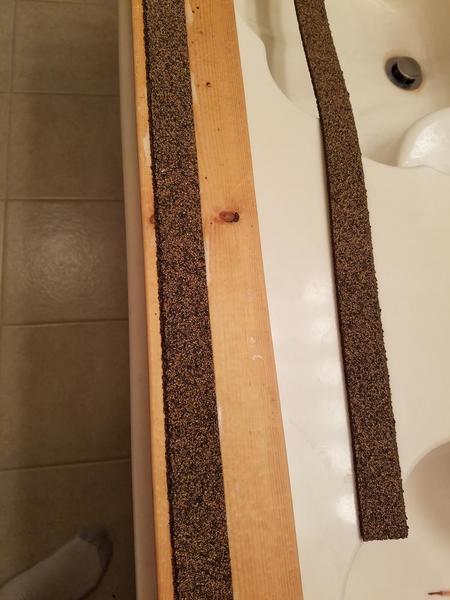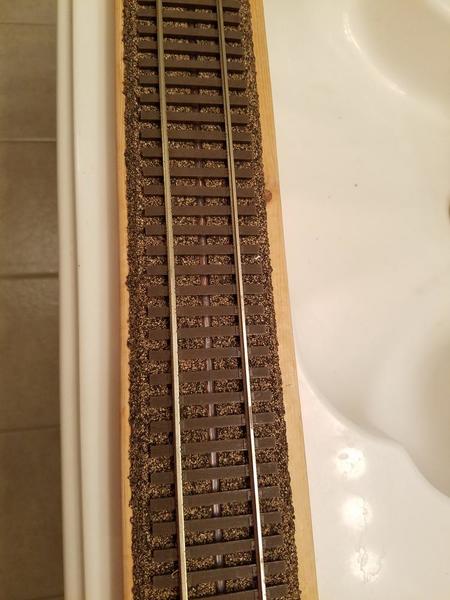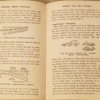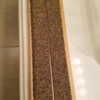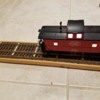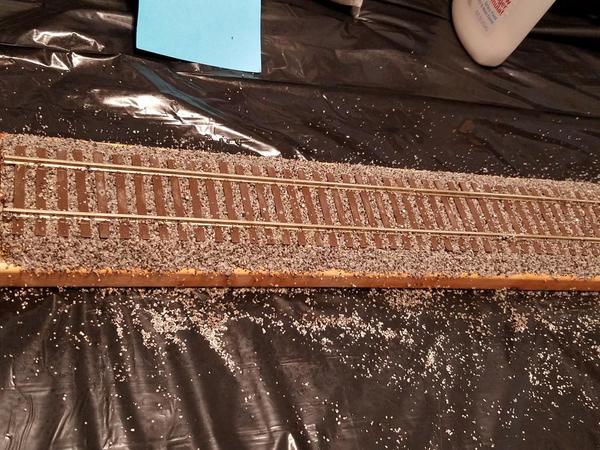After reading the old book, it is now apparent to me that I, Hugo, and others that have pursued stud rail using a laser cut or stamped center rail with integral studs have drastically over thought the problem. It's clear that we were all set on one train of thought based on Marklin track and their use of a stud at every tie. All of us merely moved them to between the ties. We also used short clip on sliders.
The book actually sets out a standard for how things should be done. In O scale, a stud is used every 3" or less apart. The more studs there are, the more likely they are to click from the shoes. Stud heights are standardised as well. The sliding shoe should be 3-3/8" long and centered on the wheelbase that rotates. In other words, centered on steam engine drivers or on a diesel truck. Only 1 is needed per engine.
The sliding shoe is the labor intensive part of the old plans as they aren't merely clip on but rather full modification to the engine. Modern 3D printing may make a sliding shoe attachment mechanism easier to accomplish. I'll play with this later. For the time being, I'll do whatever it takes to modify a postwar Lionel engine and will focus instead on making the actual track conversion work. The long shoe should, if applied properly, still clear on even 0-27 track.
I've slightly modified their plans as they called for long brass pins to be driven through a base board and then individually soldered to a wire. I have a different idea. A previous experiment that I tried several years ago, that is shown on the previous thread page, used brass pins driven through copper tape. It worked. I've decided to see if I could do the same thing with wire instead.
The pictures that follow show that experiment. I've sandwiched a stand of 14 gauge speaker wire, since its what I had on hand, between each piece of cork roadbed. I've glued down a piece of Micro Engineering code 148 flex track, again because it's what I had, on top of it, being careful to center it over the wire. The plan is to hammer brass escutcheon pins between the ties through the wire, completing the connection. The spacing being 2.75" apart and chosen due to the tie spacing of the flex track. That's 4 pins per foot. I bought the pins at Lowes. They are $1.30 per container, which at a guess is around 150 pins. Speaker wire is cheap. If this works, it's pennies per foot and should work with Ross track and switches. I'll experiment with that later if this works. Laying the roadbed and the track piece with the wire takes no more time than laying it for 2 rail.
The picture that shows the copper strips on top of the track is only there for reference to show where the pins will go. Stay tuned as this experiment progresses. So far it's ridiculously cheap and easy. 